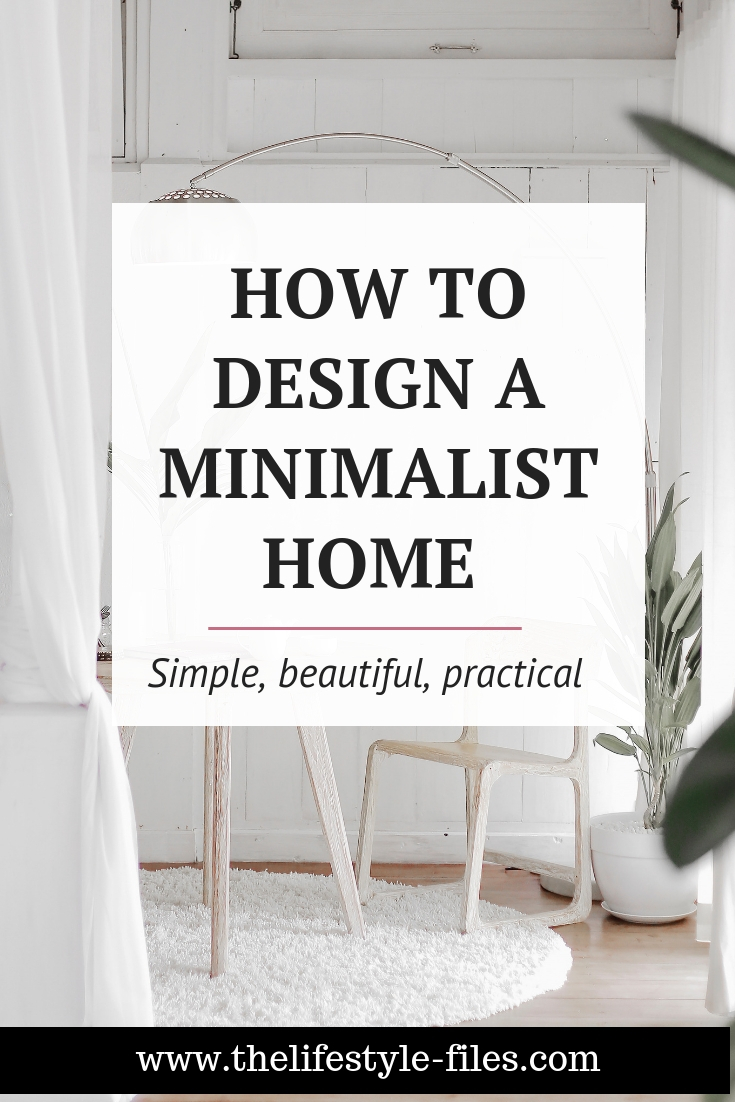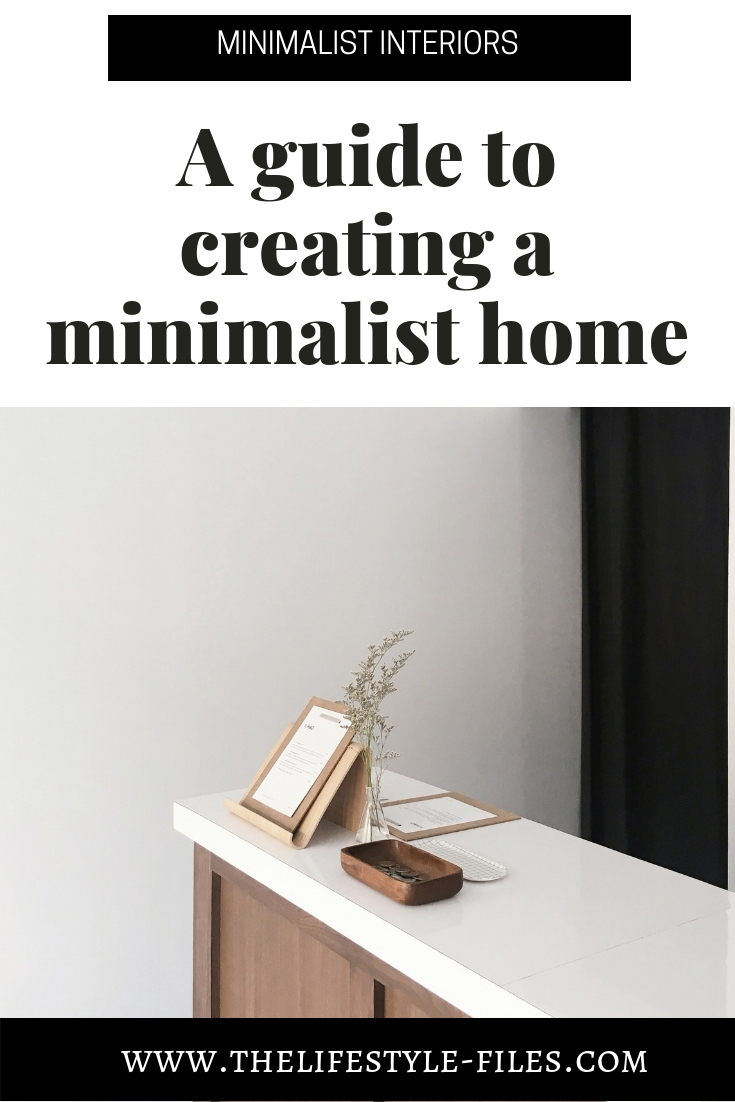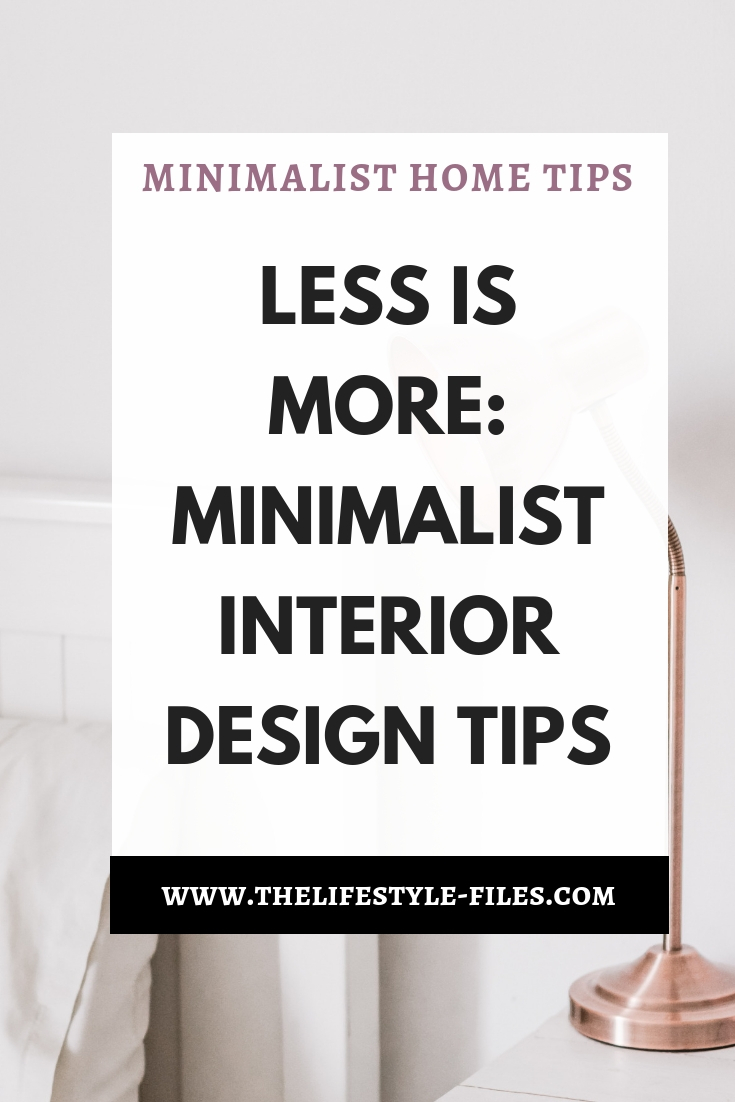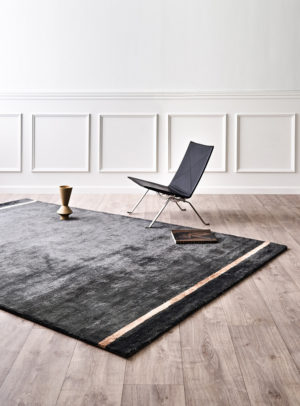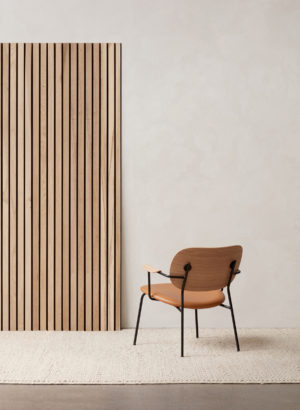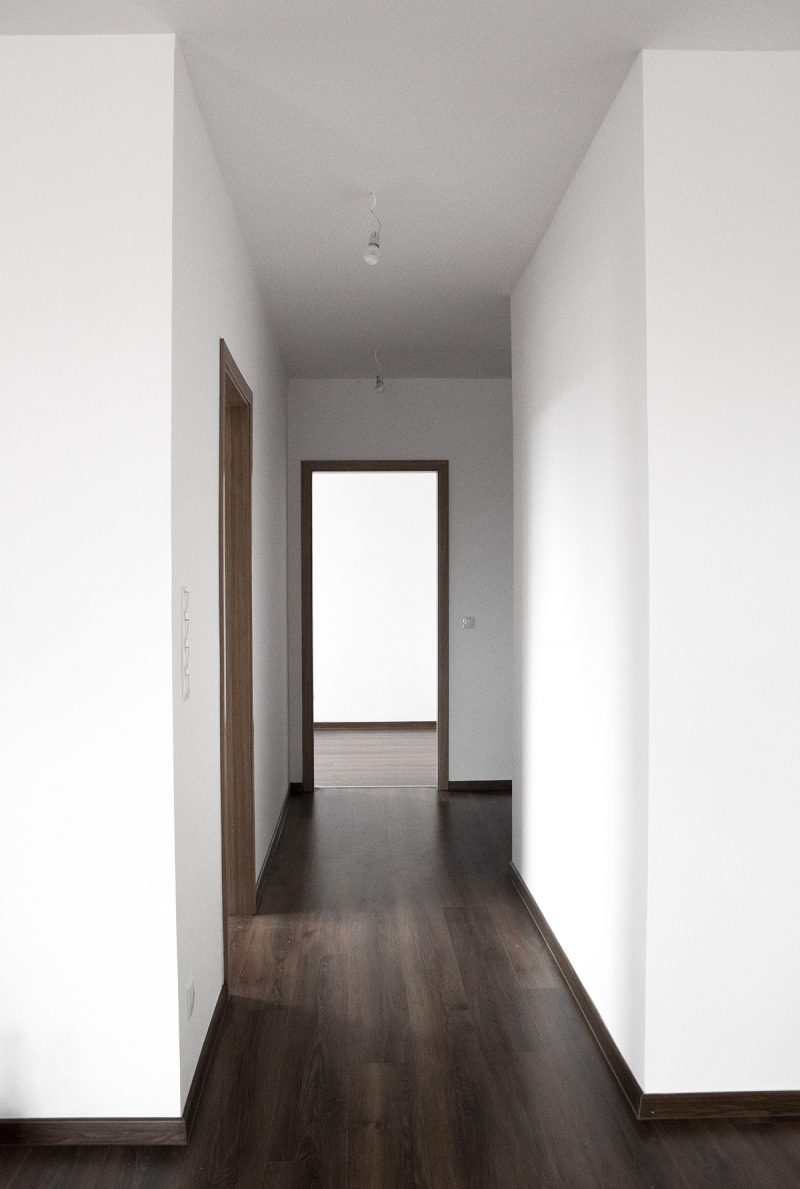
So, 2 years after we’ve signed the first contract and more than 1 year after we were supposed to move in (and unfortunately, that’s a pretty normal construction delay time), 2 weeks ago we finally received the keys to our new home.
First of all, it’s really exciting and we consider ourselves very lucky to be able to move into our first flat together.
But I’ll be honest, it’s also pretty overwhelming.
Because as you can see in the above picture – it’s pretty empty.
Just to give a scope of all the things we have to buy, here’s a (not even complete) list:
+ A full kitchen – cabinets, shelves, worktop, stove, refrigerator, freezer, microwave, oven, sink, dishwasher (most newly built flats here come without a built-in kitchen, that’s why we have to build it from scratch)
+ Dining table and chairs
+ Couch
+ Coffee table
+ Rugs
+ Curtains
+ Lights
+ A home office corner
+ Bookshelves
+ 2 wardrobes
+ Bed
+ Bathroom cabinets
+ Other storage spaces
+ Artwork
+ And a myriad other smaller items
As I said, it’s pretty overwhelming just typing this list, without even really thinking about the costs or how much time it’ll take to find everything we want.
It’s definitely not gonna happen overnight. We don’t have either the money or time to buy everything all at once. The only way is to go slow and be strategic about this whole project.
Laying down some principles first
Of course, a project of this magnitude is a unique thing. However, when it comes to some general principles I don’t think it’s that different from other shopping decisions – you need a strategic and intentional approach and mindset.
It means making thoughtful decisions instead of impulse ones. It means sitting down and analyzing what you actually need, want, and can afford. It means knowing and evaluating what really matters to you.
No matter what I buy, I always try to consider these questions. So, even if you’re not planning an interior design project in the near future, I hope you find the below thought process useful. Sure, a bad decision, in this case, may be costlier and more long-term than a pair of shoes, but those little things can add up as well.
Having an intentional shopping mindset is a learned trait, so we gotta practice to master it.
These are the fundamental principles that we’ll try to follow throughout this whole project.
We’re not building a storage space
I’ve read my fair share of interior design articles, blog posts, and comments recently and a lot of them center on how to optimize our storage options. And I get it – it’s incredibly important to be strategic about this and think ahead. However, after reading the 200th comment about how an already (to me) gigantic kitchen doesn’t have enough storage space and snarky questions about WHERE ARE THEY GOING TO KEEP THEIR STUFF??? I really started wondering whether it’s truly normal to be in a constant desperate battle for more and more storage space.
Why are we eyeing every tiny nook to be converted into a cabinet? Why is the question always how we can have more storage space?
Why don’t we ever ask whether we truly need all this stuff?
There’s a big difference between optimizing your home with clever storage solutions to fit everything you own and slowly, but surely giving up your living space to your stuff. I’d like to follow the first route – I don’t wanna live in a warehouse.
So, we’ve decided to be extra ruthless about what moves with us into our home. Everything must have a clear reason to be there. We’ll also plan our storage options gradually – start with the basics, see whether that’s enough, and add further storage spaces if needed (and tailored to the specific functions).
Focus on this flat, but keep in mind the next as well
It may seem a bit ungrateful to be already thinking about our next flat when we haven’t even moved into this one, but it’s once again a strategic factor to consider. This flat was a very good investment and perfect for our current needs, but at one point, especially if we have children, we’d like to have 1 or 2 extra rooms, so the plan is to find a bigger one.
This means that whatever furniture we buy, we have to consider whether we’re taking it to our next one as well. I’m willing to spend more on items we can use for a longer time – like a bed, lamps, a sofa or art. The wardrobes or the built-in kitchen will most likely stay, so while we’re still focusing on buying quality, they will not be the top spending priority items for us.
Aesthetics and practicality have equal importance
I greatly value aesthetic considerations. I think it’s important to surround yourself with stuff you find beautiful and enjoy looking at. But this cannot come at the expense of practicality. That marble floor may look beautiful on Pinterest, but it’ll be a nightmare to clean.
Everything we buy must check both boxes.
Patience is key
It’s not the first time I have to furnish a totally empty flat, so I know there’s often a pressure to do everything as soon as possible. But this pressure can lead to very costly mistakes. I’d rather wait and find the perfect pieces than losing sight of the end goal just to be ready sooner.
The process
Matching vision with reality
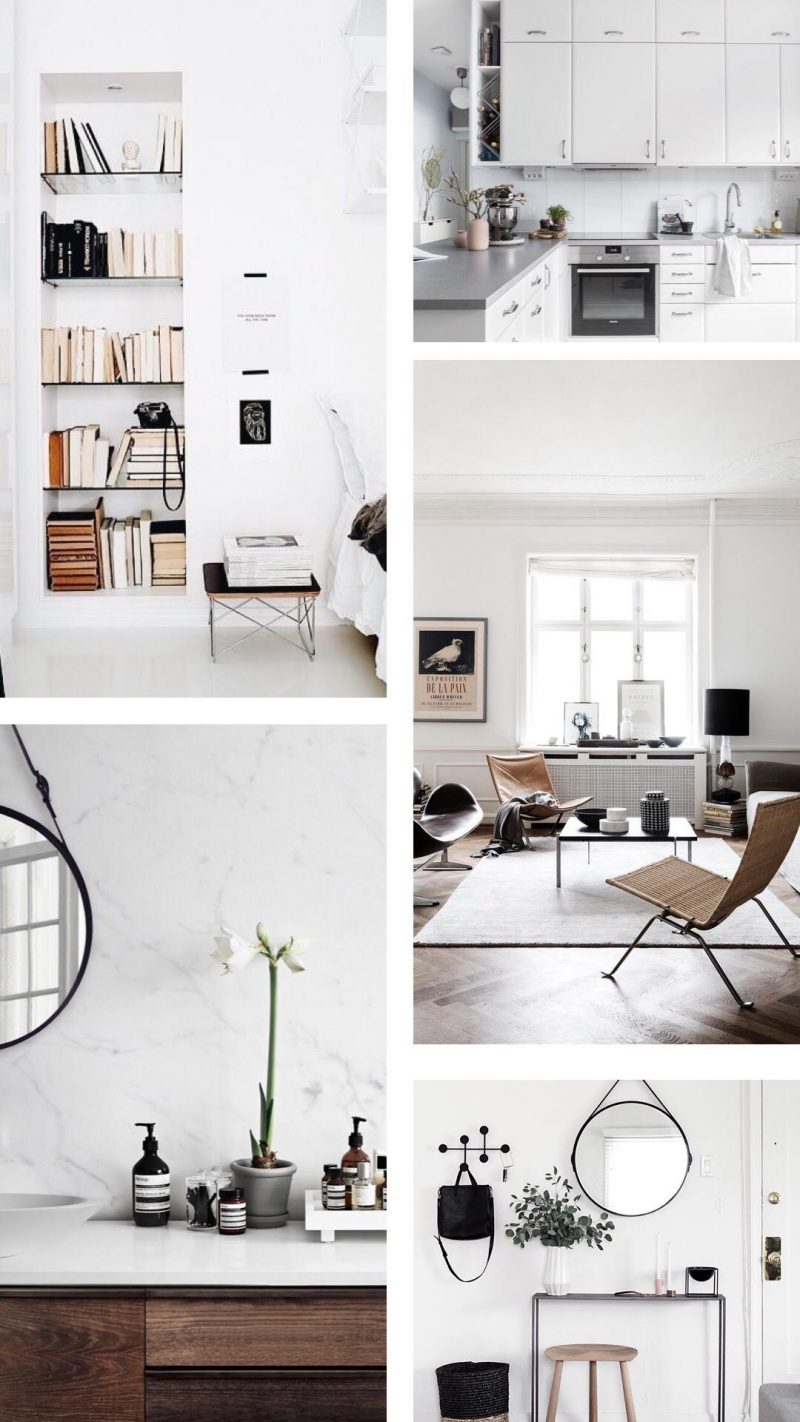
My vision board. Sources (L-R): Photo by Krista Keltanen via My Scandinavian Home, photo by Lundin via Jurnal de Design Interior, photo by Line Klein, photo by Katerina Dima at Only Deco Love, Homey Oh My
I honestly thought that putting together a vision board would be the easiest part. After all, we were sure we wanted a simple/minimal aesthetic and I have more than 6,000 minimalist interior design pins on my Pinterest account – sure, it’ll be a piece of cake to select a few images that either provide inspiration or match the vision in my head.
Well, the process was fun, but a lot more time-consuming than I initially thought.
Related: My favorite go-to minimalist interior design websites and blogs
You kinda don’t even know how broad your aesthetic vision is until you try to match it to reality (unless you have an ultra-specific vision). And you should definitely match your vision to reality. That open shelved, black kitchen with cream marble worktops may be pretty, but would it work in our home as well? This is a question that must be considered every single time.
The color and texture of the floors, where does the light come in, at what time of the day and for how long, the color and patterns of tiles, the size and form of the rooms – these are just a couple of things I factored in even in this beginning stage of collecting inspiration images.
Another tip of mine is to start out with a bunch of images, but end with just a few that best capture the direction you’re going for. No need for 300 different images, just select some that’ll give you some visual aid in planning your home.
The practical considerations – the more details, the better
When it comes to practicality and functionality, my philosophy is the more details, the better. You cannot just decide: OK, I need a cabinet for my entryway, then find something that fits there and be done with. Or rather, you can, but I definitely think the more detailed your needs are, the more chances you’ll really end up with practical furniture.
What does this mean in reality? Basically 2 things:
+ Imagine how you’d use that piece of furniture. I’m serious, you can actually pretend you’re standing before it. Take a kitchen for example: Which part of a row of cabinets would be the easiest and more comfortable to reach? Which is the most awkward? You really do not want to bend down every single time you need a glass or a spoon. Make notes on what kind of layout would best work for you.
+ Measure everything. Measuring everything is probably the best way to avoid annoying mistakes when you finally put together that piece of furniture you bought. Building a new wardrobe? Measure your clothes to see what kind of layout would fit them. Measure your kitchen machines and bowls. Measure your books, your shoeboxes, your luggage, everything. I even measured my cleaning supplies when it came to planning a small cabinet for them.
This doesn’t mean of course that these measurements should be the only things that determine the size of your storage space. I don’t tailor-make a wardrobe to fit one, specific coat. But I try to get a more or less precise estimate, add a safety margin and then work with that.
Making a priority list
The first step was making a list of everything we’d eventually need. I’m sure I’ve left out something I never even thought of, but this was a good starting point. Next step: make a priority list. As I said, we’re not going to be able to do everything at once, so some decisions regarding timing and budget had to be made.
At the top of the priority list went all the things that were kind of essential for starting our life there: e.g. wardrobe and kitchen. Planning and researching these would take precedence over selecting a sofa or dining table, even if the latter two enjoyed spending priority because of our long-term plans.
Next would be the can live without it, but rather not for too long items, like a bathroom cabinet, sofa, dining table and all the storage options we’d need after installing the basics. The bathroom cabinet will definitely be a priority even on this list, not because we need it particularly, but because our bathroom is pretty much ready and that’s the only thing that’s missing. I’ve decided it’ll be an important boost of morale to be done with at least one room.
All the decorative and making life prettier and more comfortable items would be next: art, plants, curtains, rugs etc. It’s also important to leave these to the end, so I will already have all the larger items I need to decorate around.
And of course, as is the case with most home improvement projects, I’m sure we’ll have some “we’ll do that in the future items as well” – a home office corner, terrace furniture etc. I’ll try my best to assign a deadline to these as well, otherwise, in my experience, they’ll be stuck in the “once” category.
Having go-to sources
Probably the most taxing part of interior design projects is selecting the actual items you’ll buy. Mainly because in the age of online shopping and international delivery, the possibilities are basically limitless. And while this is mostly a good thing, the sheer amount of options can get pretty overwhelming.
While I plan to make a quick research every time I need a new item, I’m putting together a go-to list of available sources – shops whose aesthetic I like, that ship internationally and whose price range is within my budget (I think that’ll make a steep cut in the list).
I’ll share my own favorites once I have some first-hand experience with them, but for starters here are 2 lists I’ll definitely use: 11 places to shop for minimalist home décor and Where you can buy Scandinavian design online
And finally, an action plan
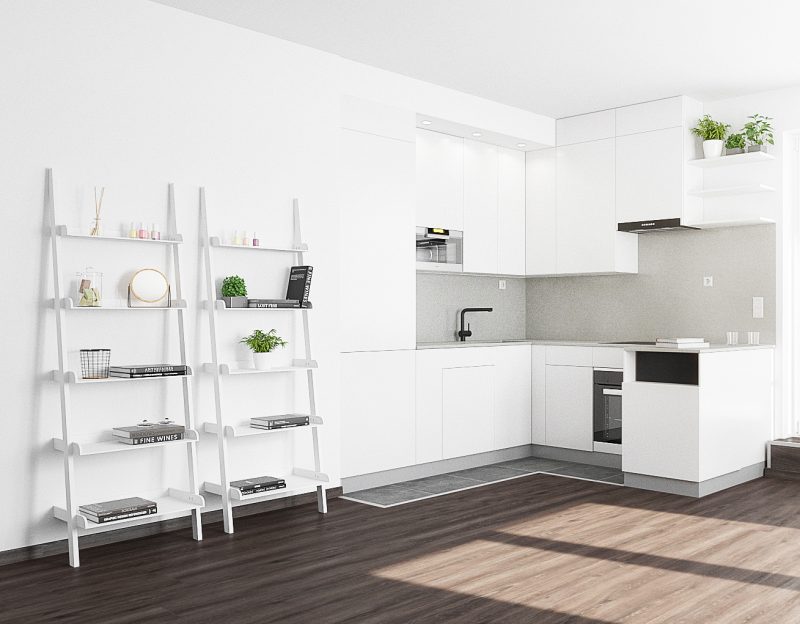
Some interior design experts recommend a one room at a time approach. I get that there are some practical advantages of focusing on one particular space at a time, but we’d rather do the piece by piece and priority method.
We’ll go on based on the above-described priority list and follow the exact same method every time: narrowing down inspiration images, measuring everything and putting together a list of practical considerations we need to pay attention to, researching shopping options, and finally making the big decision.
All the while resisting the pressure to rush and keeping our buying principles in mind.
If you have any tips or recommendations to me as I embark on this home project, I’ll be forever grateful if you shared them with me! In return, I promise to share all my experiences, so if you ever find yourself in the same situation, you’ll know which tips are useful and which mistakes to avoid (because I’m sure there’ll be some).

